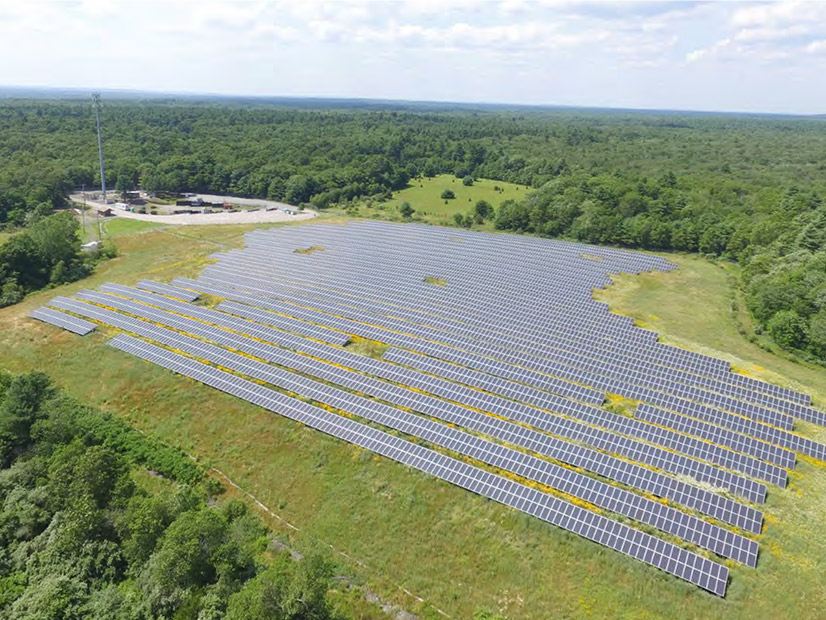Redeveloping closed landfill sites into solar energy generating facilities could be part of Minnesota’s conversion to a carbon-neutral energy economy.
The omnibus Environment and Natural Resources Policy and Finance bill signed into law June 29 by Gov. Tim Walz includes language authorizing the state Pollution Control Agency to redevelop closed landfills with several specified new uses, including contracts to install solar arrays to generate commercial power.
Although the Minnesota Legislature’s 2021 session has been contentious, with battles over the budget, police reform and the governor’s emergency coronavirus powers, developing closed landfills into solar energy plants drew bipartisan support.
“This is a great opportunity,” Rep. Todd Lippert (D), who sponsored the measure, said in an interview with NetZero Insider. “I haven’t talked with anybody who doesn’t think it’s a good idea. We want to take advantage of the opportunity of putting solar on [closed] landfill sites.”
Hans Neve, closed landfill supervisor for the PCA, said in an interview that landfills have limited development opportunities because they are inappropriate for residential or commercial reuses. Developing closed landfills as solar power plants “fills a niche in the spectrum of brownfield redevelopment,” he said.
While waste co
Landfills have little blocking access to the sun, Neve said, and adding solar panels presents no technical barriers. Neve said it has been done in other states with similar climates, such as Massachusetts.
“The concept is a no-brainer,” Lippert said. “It’s easy to do and has a low impact.”
The Anoka-Ramsey landfill in Ramsey will serve as a 5-MW pilot project for the program. Lease payments from a commercial solar developer selected by the state will be used to retire the landfill’s outstanding bond amount of $100,000.
The feasibility study by the Minnesota Environmental Quality Board said the pilot will provide information on challenges and barriers encountered, financials and expenses and legal agreements, allowing the state to determine the viability of future projects. The legislation gives a Jan. 15, 2023, due date for the pilot project’s report.
Lippert said the pilot will provide understanding of how well a bond retirement scheme will work to develop future landfill projects. “I think it’s a good plan, and we’ll be able to do it again,” he said.
Several closed landfills already have solar arrays, but they only provide energy for site operations, Neve said.
Lippert said commercial solar from closed landfill arrays has the potential to power 950 MW on 4,500 acres, “enough to power 100,000 homes in Minnesota.”
Neve said landfill solar reminds people that waste just doesn’t go away forever when it’s buried in landfills, discouraging “anyplace thinking.”
“It requires a shift in how we think about these things,” he said.



